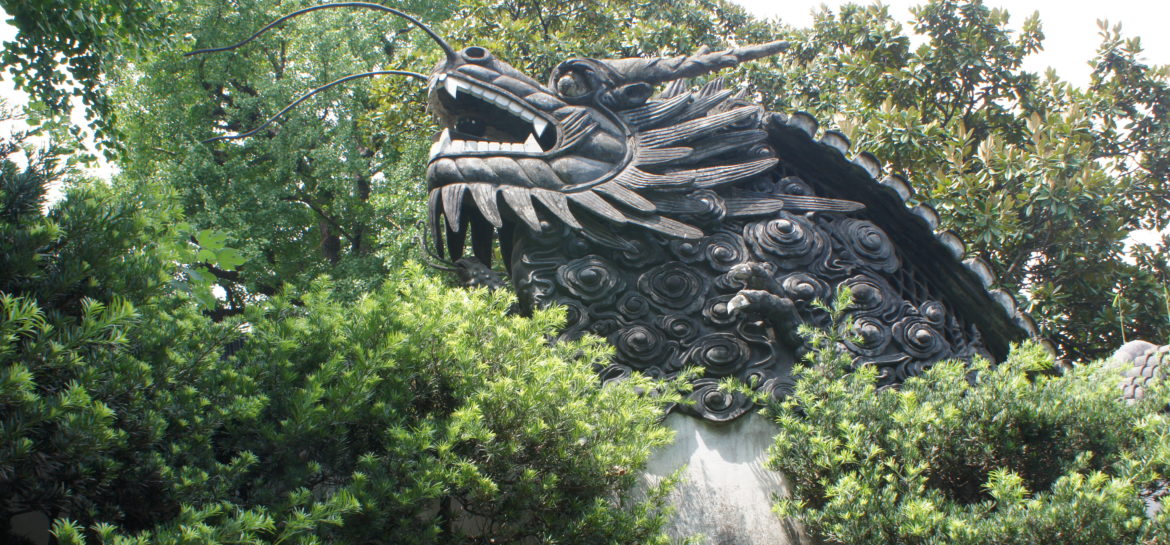
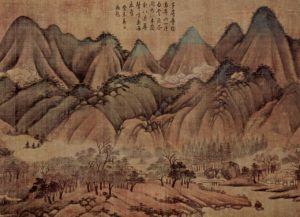
There is a legend of how gardens came to be such a prized part of Chinese culture. As the legend goes, 2,500 years ago there was a fabled mountain that lay on the eastern shores of China. This mountain top was the home of the 8 Immortals. Gold and riches were abundant in this land of immortals. Here, glasses were overflowing with wine and there was never an empty rice bowl. An emperor of the time fervently sought to find this fabled land, but to his despair, he never did. In memory of his quest, he created a garden at his palace and in it placed a large pond. In the pond he erected a mountain to replicate the home of these 8 Immortals. To this day, many Chinese gardens have at their center a pond with a mountainous structure meant to remind us of this quest for paradise.
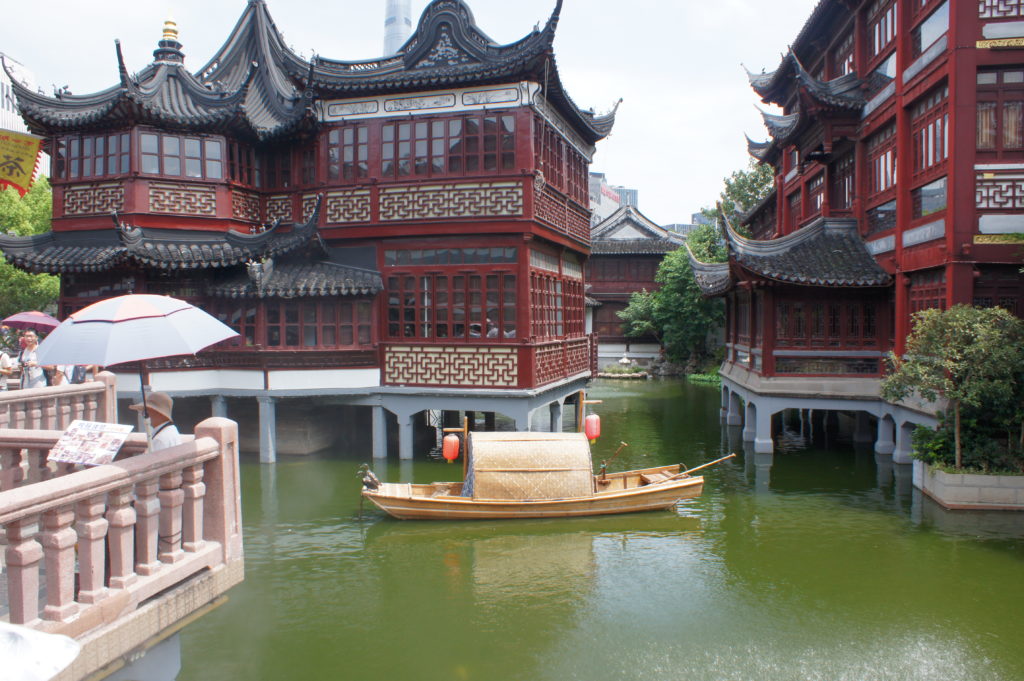
YuYuan Garden (or simply Yu Garden) is a garden in this great garden tradition. It means Garden of Happiness and indeed it is that. It had items to delight all members of our family! Yu Garden was built in 1559 by a government official,Pan Yunduan for his father who was a prominent Ming Dynasty minister. This garden is situated near the old town area of Shanghai and one would never believe it was there – hidden behind the walls and bold Chinese facades of the Yu Market square.
We visited it on a weekend and there were the expected crowds of people. There is a metro stop off line 10 called YuYuan Gardens. All the guides and maps say exit here to see the gardens. The thing is, once you exit you are in the middle of the city wondering what direction to walk. Normally we would consult Google Maps, but we’re in China. OK, technically Google Maps does work here. Well, sometimes. Sometimes it also encounters the Great Chinese Firewall and causes your entire phone to shut down. This makes map reading difficult. We’ve been told to try Baidu Maps, but I haven’t yet figured out a way around the entire map being in Chinese. Until then, we are stuck to the old fashioned way of finding things, perhaps similar to the legendary quest for that fabled mountaintop, wander. We decided to voyage the way of the crowds and soon found ourselves in the bustling shopping area that is the Old City of Shanghai.
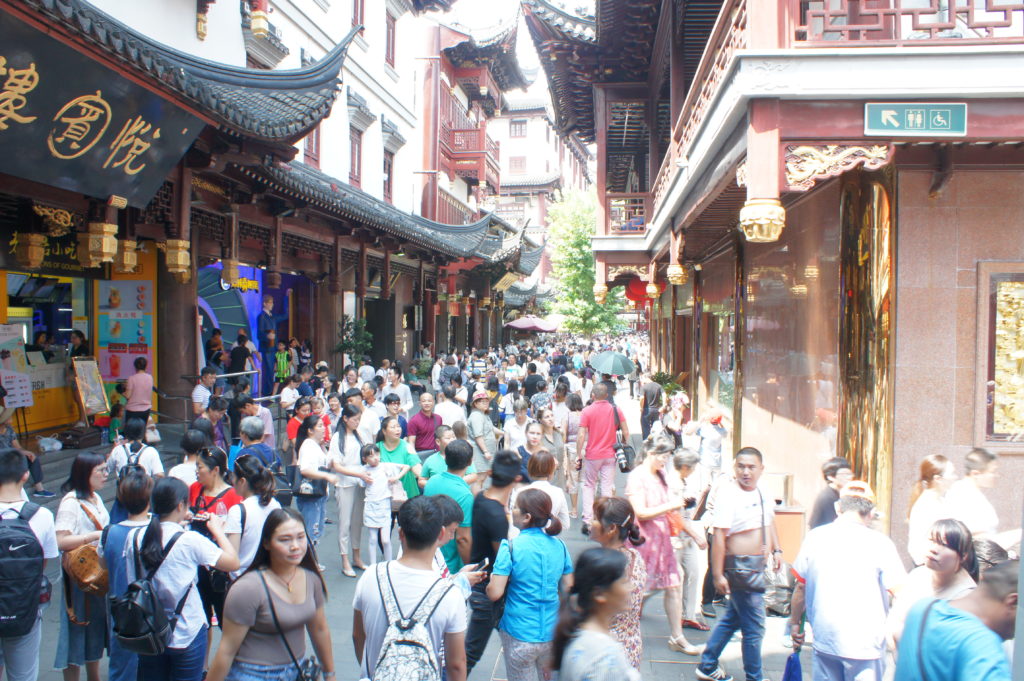
The Old City of Shanghai is considered the tourist section of the city. While some may think that’s not authentic, I think, why isn’t it? I’ve always loved to see what a country puts up for its guests. Old City Shanghai is a splendid example of historic Chinese buildings and shops. We roamed around in the streets for a bit, but I was getting nervous that we’d never find the gardens. Where were they amidst all these people? Thankfully, someone overheard us asking a shop owner for help (whom of course had no idea what we were saying) and kindly helped us out by both speaking English and then leading us to where we wanted to go! (As an aside, I have yet to meet a person here who isn’t helpful once they understand what you want.) She directed us to a large open square teeming with people and then pointed to the middle and said the best way to the garden is to cross the bridge. So, we did.
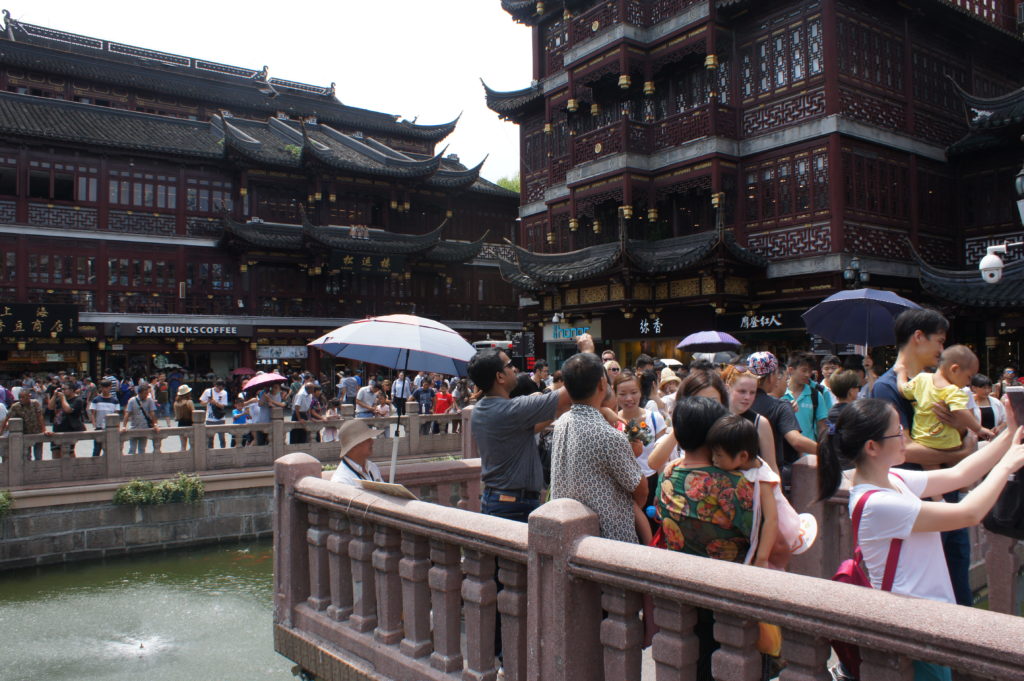
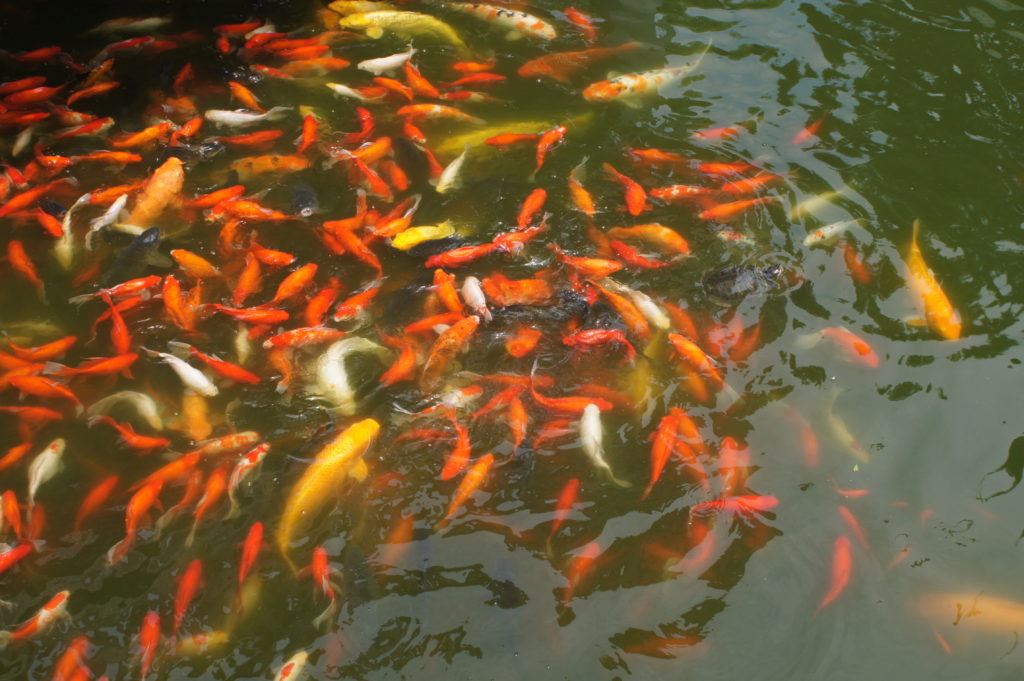
The bridge wound a beautiful path across the pond or moat that was in the middle of the square. Underneath the bridge were teaming pools of brightly colored koi fish, eating to their hearts content from the crumbs tossed to them by their adoring masses on the bridge. It was beautiful. At first I thought, well, this is it. How lovely! But then I realized after crossing the bridge that the entrance to the garden was actually beyond the bridge. It seemed that most of the throngs of people outside were not buying a ticket to visit to the gardens. So, after quickly purchasing a ticket, we stepped into tranquility.

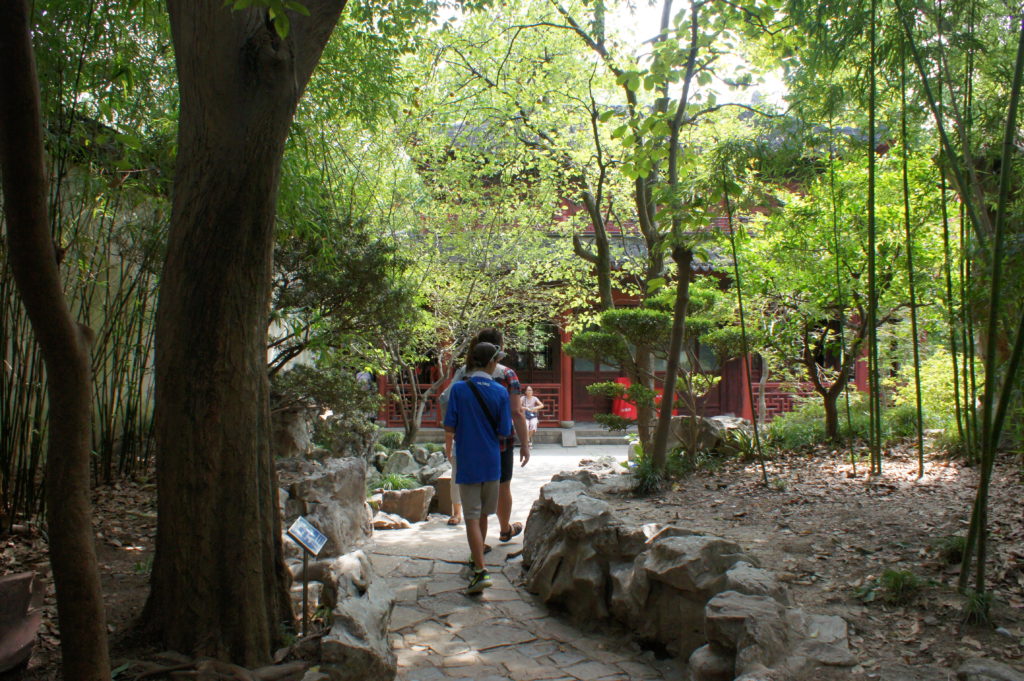
Experiencing the garden after the hustle and bustle of the square probably heightened our sense of wonder. The crowds were gone, the noises were gone. In their place were seemingly endless paths winding through beautiful Ming era buildings, alcoves and caves carved into rock edifices, huge prized trees and other botanic delights all surrounding ponds and water features. What are known as dragon walls divide each garden pavilion. Following the serpent like tail and discovering the fierce dragon head for each section was a delight. The four of us spent at least a couple hours just meandering from path to path. I’m certain we only saw half of it. We weren’t compelled to try to see it all as we all agree this is a place to explore and discover again and again. For us, this was our piece of paradise found on a busy Saturday in Shanghai.
